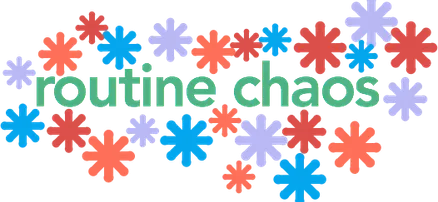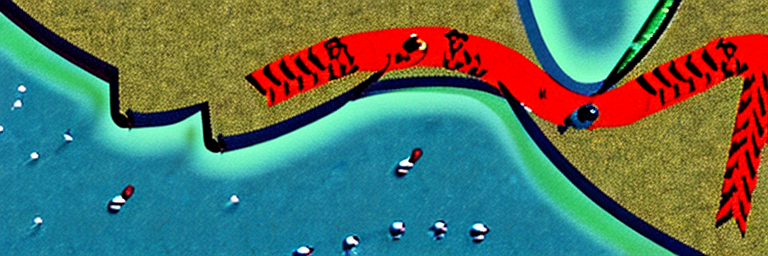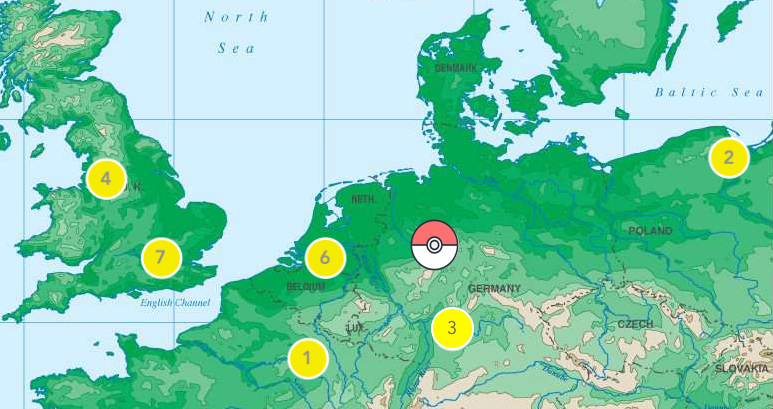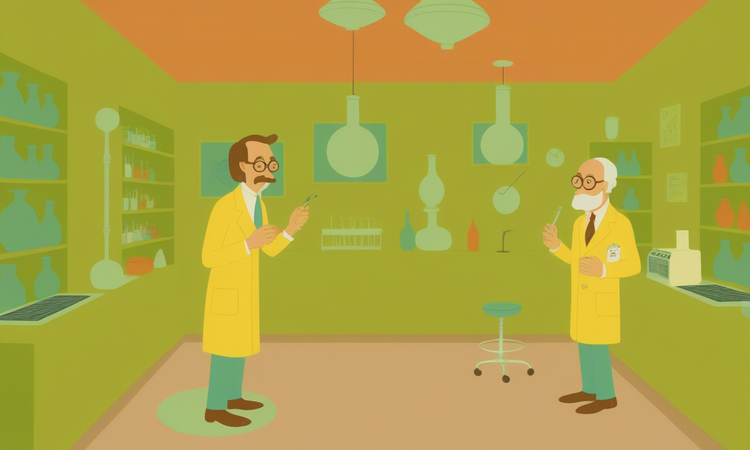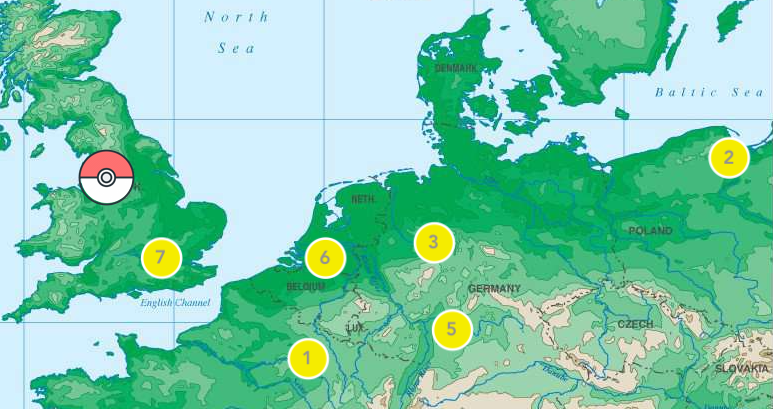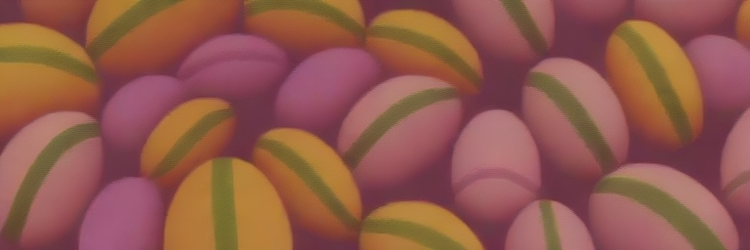More of this, less of that
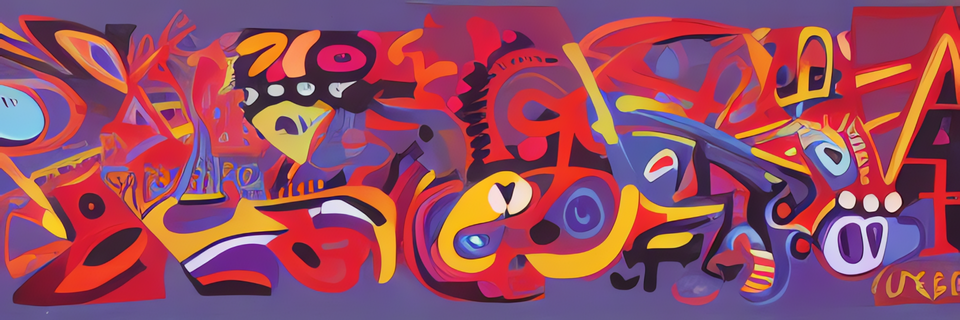
A little peek behind the scenes
I'm in San Diego this week playtesting some of the elements for a new project I'm working on. We're creating an immersive 3 week game as an alternative to summer school...that's all I can say right now. So I'm sharing a bit of randomness from the chaos of my brain to the pixels in front of your eyes...
hey chatgpt on circle of badass peers
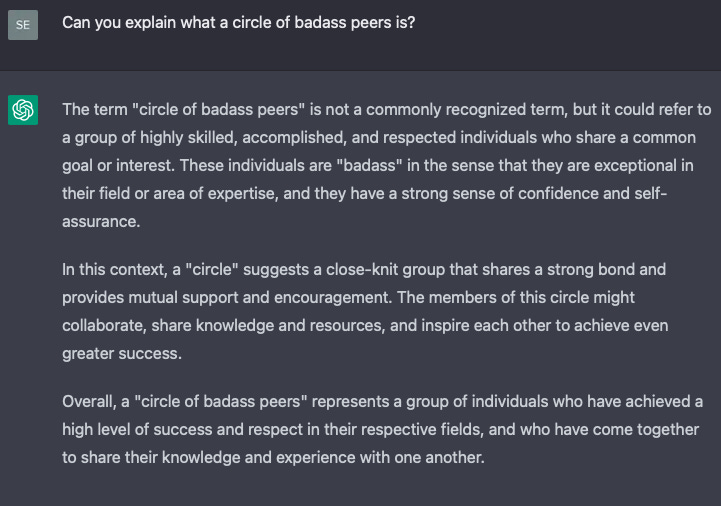
Not bad ChatGPT, not bad.
links on badass peers
A couple good links if you want to go even deeper down the badass peers rabbit hole.
If you thought my article was long, this is even longer and gets into all sorts of different configurations of peers, especially in digital spaces.
One of the ways to find your badass peers is through the way you curate your influences1.
the personal email tip
I've shared this with a couple people recently, and I think it may possess a bit of wisdom for firing up those connections with your peers. One of the (many) unfortunate effects of social media is that it creates an illusion that we have maintained relationship with people, because we see updates from them. This is a technique to rekindle real relationships and deepen the ones where the kindling is already hot.
Here's what you do:
- Create a list of all of the people you know that you want to stay in touch with. This might be just a handful of names, it might be a few dozen names. The length of the list is not important. Don't strain too hard for names. Feel free to add names over time. But start by just writing down the people who immediately come to mind.
- At the beginning of the week, ask yourself, "who do I want to email or talk with this week?"
- Once a week, send an email to one person on your list where you give them the update on what's happening in your life. Don't write the exact same update to every person. Remember, these are relationships - these people have taken interest in your life in different ways; share in a way that is true to the essence of your relationship. This email doesn't need to be long - maybe 500 words or so. Drop in a few questions you've been wondering about related to their lives (fun sidenote: I once had a friend where we maintained an email exchange for years that consisted entirely of one of us answering the 6 questions that the other person had asked and posing 6 new questions to them. The question I remember most fondly is "What is the itchiest you have ever been?").
- Finally - and this is the most critical bit - once you hit send, eliminate in your heart & mind any and all expectation that they will ever respond. I have a rule of thumb with this: I treat personal email correspondence in the same way that people treated international mail in the 19th century. If I receive a respond within 6 months, it feels almost miraculous. If I never receive a response, well that's fine; there's a lot of good reasons why, most of which I don't need to take personally.
The reality of course is that many people do respond eventually, but most people do take a while to respond. I'm the same way. I want to respond, but I also want to do justice to my response, so it sits unread in my inbox forever until I can finally get my mind right to respond.
But there's something delightful about that! These responses arrive unexpectedly, and when they do it's a wonderful surprise for your day. And then you follow up and ask people if they want to get on a call for a half hour to just talk, and often they do!
Here’s a cheat code: you can share this post with someone on your list, and just be like “Read this and thought of you - we should catch up!”
the body language of flow
Lately, I have been taking my six-year-old to her Wednesday afternoon art class. This art class is truly a phenomenal thing. It's not a painting class or a drawing class, or something like that. In this class, 15 or so children are in a room with 3 professional artists and nearly every tool and material you can imagine (including, yes, painting and drawing materials). There is no one project for all the children to work on. Instead, each child comes up with an idea of what they want to make, and they get started on it. The artist's direct the kids toward the right tools and materials, help them refine their ideas, show them techniques that the kids might not already know. A project can be done in a single day, or it might spread out across multiple weeks. It's done when the kid says it's done.
There is a small cafe right next to the space, and I was doing some work in there when I looked up and realized I could see right into the art class space, and my daughter was right there where I could see her working on her project (it turned out that she could also see me).
I did not spend the next 2 hours just sitting and watching, but I did peek over from time to time. What I saw was a child in an extended state of flow, but it looked different from how I narrate what a flow state looks like. In my mind, flow means sustained deep concentration and active engagement in an activity. Muscles tighten. The body constricts.
And that's not wrong, but that's not all it looks like. What I also saw was a lot of time of staring off into the distance, of carelessly playing around. Her body was loose and open...but she was still very much flowing.
I watch her work on art at home and see a similar phenomenon. She moves back and forth between this two states frequently. Sometimes she'll be in deep focus for an hour or more, but sometimes she'll only be there for 10 minutes or so. The same goes for loose playfulness, though the opposite relationship with extremes - the short end might be much shorter, while the long end is rarely as long.
And when I think about my own flow state, I realize it also looks like this...but I kind of beat myself up when I fall out of the sustained focus version.
currently reading
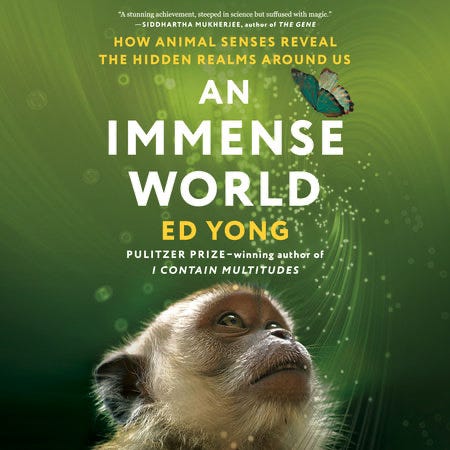
"Are you going to tell me another fact about animals?" My wife asks. And that would be an appropriate subtitle for this book. What Ed Yong is doing is not just sharing random facts about animals, but getting into the science of how our senses function, just how diverse that can be across all the different species, and what affordances come with that diversity. This book is weird because it can be both mind-bending and tedious. But it's worth it for the mind-bending stuff, like the idea that the placement and structure of ducks' eyes probably mean that they see the entire world around them all the time.
And finally...a bit of wisdom from within my circle of badass peers
Nicole Dill was one of my first badass peers2, and I called her up to talk while I was running the Smart Creative Leadership course last year. She, of course, had some brilliant things to say including this little snippet:
